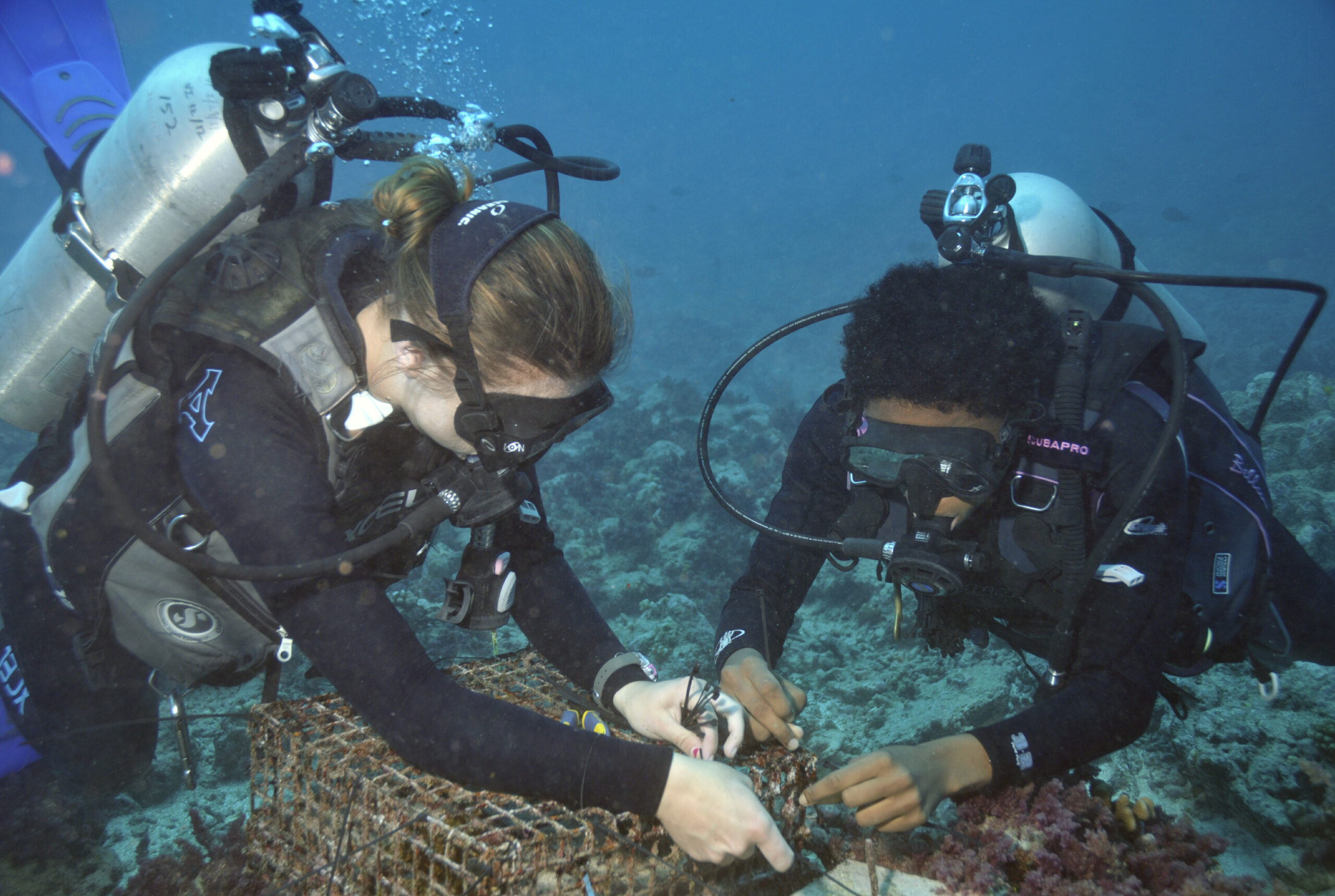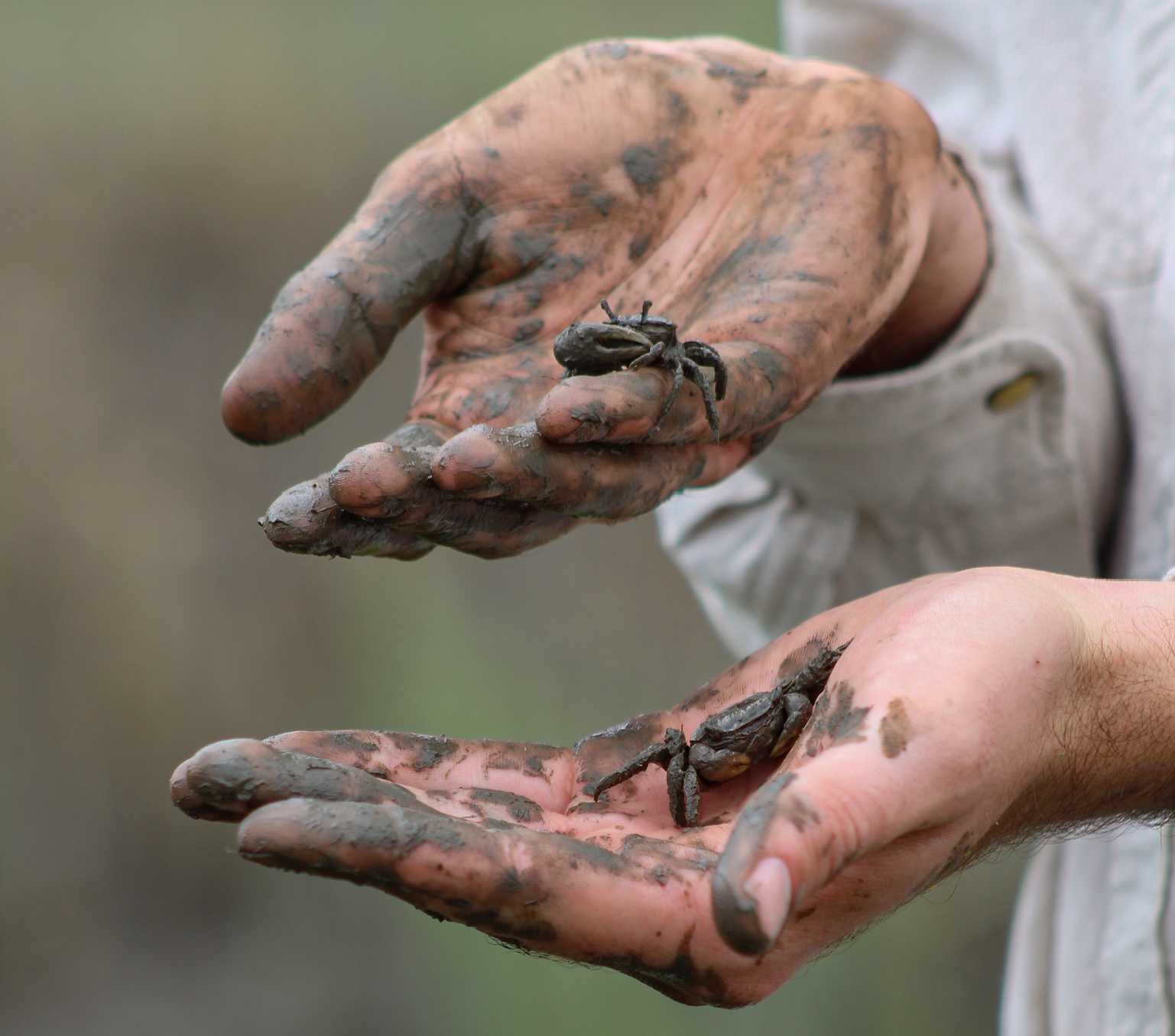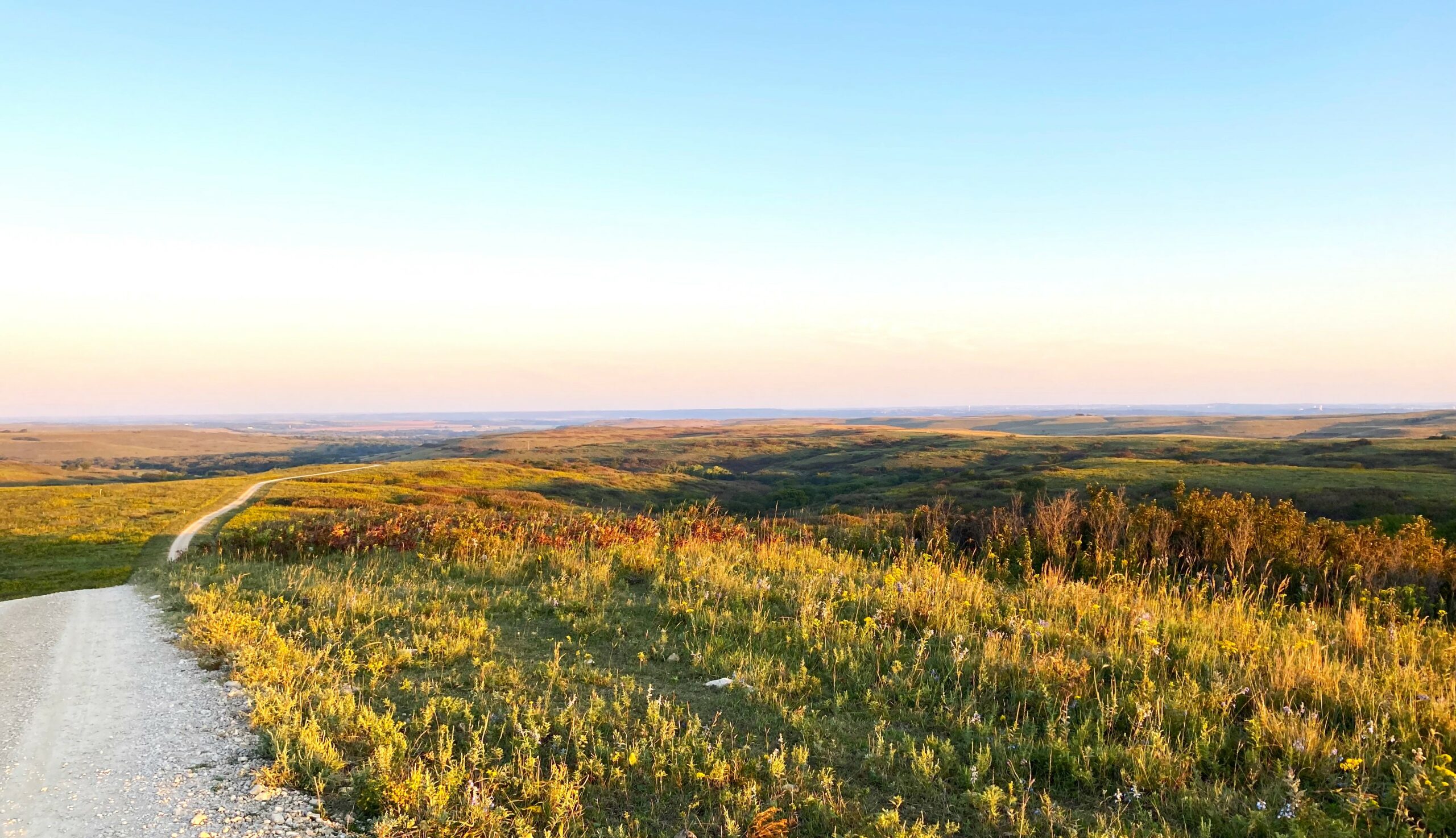Three initiatives, wide ranging goals
With 27 sites, hundreds of institutions, and thousands of associated researchers at all career stages, the LTER Network has immense reach. Whether introducing students to ecology research, supporting their PhD research, connecting graduates with postdoctoral and initial faculty positions, or engaging investigators in network leadership, LTER connections advance careers. With this reach comes great opportunity: the LTER has the potential to identify, train, and promote researchers from a huge diversity of backgrounds and identities.
In 2023, several initiatives emerged to increase access to our network, fieldwork in general, and especially to those from marginalized communities. Three projects stood out: scuba certification training for underrepresented students at the Santa Barbara Coastal and Moorea Coral Reef LTER; support for four post-baccalaureate students to perform a cross-site synthesis project across the Virginia Coast Reserve, Georgia Coastal Ecosystems, Florida Coastal Everglades, and Plum Island Ecosystems LTERs; and a project at Konza Prairie designed to foster connections between the site and members of the Kaw Nation.
One of the strengths of our network is that each site has the freedom to implement research and activities specifically tailored to their ecosystem and their broader place in society. The programs profiled here are only three examples of the many efforts to expand community connections, build a stronger sense of belonging, and remove obstacles to broader participation in LTER research. They demonstrate how different sites approach the same opportunity to make a tangible impact on their local communities. Each of these pilot projects serves as a proof-of-concept intended to attract long-term funding from a variety of sources. We explore each project in greater detail below, and are excited to see what additional work they inspire.
Catalyzing Equitable Access to LTER Scientific Diving
Geri Urgel grew up in the Philippines in a family of fishers; the ocean was a constant part of her life. When she immigrated to the United States in high school, her childhood love of the ocean matured into a dream to study marine science. She got into UCSB—the first in her family to attend college—and a path towards a research career in the ocean started to form.
Geri found work in Jenn Caselle’s lab at UCSB studying California’s coastal ecosystems. But her first role was behind a microscope, processing samples that others had collected—not quite the life at sea she had imagined. “There was a separate dive team,” she remembers. “I felt kind of left out in the lab.”

Geri wasn’t SCUBA certified, meaning she couldn’t participate in the sample collection. “I didn’t know anybody who actually scuba dove” growing up, says Geri. “It’s more of a touristy thing to do in the Philippines. Locals will just free dive.” To participate in underwater research, Geri would need an AAUS Scientific Diver certification. The process is arduous. Geri would first need to become SCUBA certified, and then go on a dozen dives on her own, with her own gear. Only then could she sign up for the Scientific Diver course.
That cost—in time, in access, and in money—keeps many students from ever considering a research career where diving is required, says Andrew Brooks, an associated investigator with the Moorea Coral Reef LTER. “We have a lot of marine science students at UCSB and we ask them, ‘Well, have you ever considered SCUBA diving?’,” says Andrew. “A lot of the common responses are, ‘Well, I can’t afford to do that.’”
The DIVErsity in Diving Program launched several years ago at UCSB to help students access scientific diving. Geri was one of the first students to go through the program. This year, the LTER partnered with the program, adding several new spots for Moorea Coral Reef or Santa Barbara Coastal LTER affiliated students in each cohort.
The goal of DIVErsity in Diving is to train students from underserved communities to be able to conduct scientific research where diving is required. That goal is achieved through dive training, but also through mentorship from past students and incorporating participants into a research lab on campus. “There was also this aspect of learning to dive,” says Geri, “wondering who do I approach when deciding what gear to buy? Or wondering where to go and beach dive” in preparation for the Scientific Diving certification? The mentorship aspect of the program builds a safe community to seek this kind of advice.
The new support from the two LTER sites, says Andrew, provides a stable platform for expanding the program. “Several other faculty and researchers on campus now are building partnerships with the DIVErsity in Diving program into their own proposals,” says Andrew. [We can] show that this is a really solid, stable program. And that’s helping us bring in more outside funds.”
Coastal Connections
The postbaccalaureate years between college and graduate school are ripe for exploration, particularly in research science: postbacs can experience new research sites and advisors without committing to a long stint as a graduate student. These experiences are particularly valuable for underrepresented students, who might not have a broad view of ecological science or communities in which they feel represented—and are a great way to prepare for graduate school.
Four LTER sites, the Florida Coastal Everglades, Plum Island Ecosystems, Virginia Coast Reserve, and Georgia Coastal Ecosystem LTER’s, teamed up to design a cross-site post baccalaureate program to train marginalized students through a cross-site research project lasting a full year. In addition to research, the program also helps postbac interns apply to graduate school and explore careers that don’t require an advanced degree.

Credit: Paul Leoni, CC BY-SA 4.0.
This year, the research focus is on burrowing crabs which are expanding their range northward. The project connects crab population dynamics at each site to broad scale ecosystem impacts, such as the crabs’ effect on carbon cycling or on predatory bird populations. Each site trains one postbac intern, who primarily works with one advisor on a particular aspect of the project, from biogeochemistry to population dynamics to microbial ecology. The goal of the program is to publish a paper using all four student’s work.
Connecting the cohort–to each other and also to other sites–is another major goal of the program. Interns are onboarded together, travel to collect samples at the different sites, and also attend each site’s All Scientists’ Meeting. There, they can connect with the broader research community, including researchers at all career stages, and each other.
For Jenn Bowen, who’s one of four researchers spearheading the program, the ultimate goal is to give students an opportunity to see themselves as scientists. “I think having that year is valuable to really develop confidence,” she says. “We want the interns to say, ‘I see myself as a scientist. I see myself being able to do this work. I see what these grad students are doing. I recognize that I have the same skills.’” She adds that this is particularly important for underrepresented students.
This cohort—four students at full-time salary for a year—is fully funded through LTER supplemental funding, but Jenn and her colleagues hope the program will support even more students in the future. “We were shocked at the number of applications that we received,” says Jenn, noting that they could only take four students this year. She and other researchers see this as a pilot to develop a much larger RaMP proposal for a bigger program, which was just submitted. The initial funding, though, validates her vision and gives the project much needed momentum. “I’ve just been really impressed with how thoughtful NSF is about this program and how genuinely important they think opportunities like this are,” she says. “They’re the ones that ultimately enable us to do this work.”
Bringing Indigenous Communities to Konza Prairie, and Restoring Native Gardens
The Konza Prairie takes its name from the original inhabitants of the prairie on which it operates, the Kanza People, more commonly known as the Kaw. Yet despite the common name, interactions between the site and the Kaw community are few. That relationship needs to change.
A new initiative will foster a deeper connection between the LTER site and those that have a historic relationship with the land. Two direct engagement programs will benefit: annual educational visits for schoolchildren from surrounding Nations, and restoration of native Kaw gardens in parts of Kansas. “We had to go beyond a land acknowledgment and think about how we can learn from using the name and culture of these people,” says Lydia Zeglin, a PI at the Konza Prairie and part of the team that developed the proposal. Direct involvement with these communities was an important step.

Credit: Mary Linabury, CC BY-SA 4.0.
The educational visits are developed with significant input from educators who are members of the surrounding Nations, which include the Kaw, Pawnee, and Osage peoples. The goal, says Jill Haukos, Education and Outreach Coordinator at the Konza Prairie LTER, is to create a multidirectional exchange of ideas about the landscape from both the indigenous and scientific perspective. “We also want to incorporate some of their culture and history and connection with this area back into our educational program” at Konza, she says. The program will have two visits in 2024, but Jill is determined to make the program a permanent part of the site. “I’m looking for this to be a beginning,” she says. “This is a seed to form connections with these people that will hopefully last for many years.”
Restoring Kaw gardens is another important aspect of the project, as it brings Konza Prairie LTER researchers out to the Kaw People. For now, the restoration focuses on one Kaw owned prairie site in Council Grove, though other locations are being considered. The project supports materials for restoration, stipends for the Kaw People’s time, and creates a direct link between the restoration initiative and the LTER site. Should the Kaw request it, they can tap into the restoration experience LTER researchers have gleaned over years of restoring their own prairie. The point, though, is to enable relationship with the prairie, whether it be restored native prairie, food bearing gardens, or some combination of the two throughout Kanza homelands.










